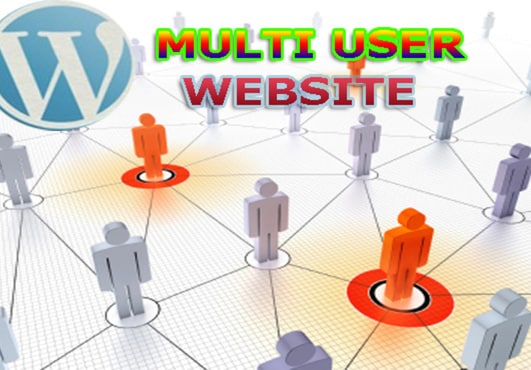WordPress is a Content Management System that has garnered huge popularity over the last few years. The best part of WordPress is that it provides high level of flexibility and through it you can design anything from a simple blog to a high end business website. You can even set up an ecommerce website through WordPress and depending on your requirement, it may be beneficial to set up the WordPress site as a multi-user one.
Well, you can set up default roles such as Administrator, Editor or Author through the WordPress site settings, but, this article talks more on achieving real time multiuser set up.
What is Multiuser WordPress Blog?
A real multiuser WordPress blog will facilitate the users of the site having different blogs of their own which they can customize based on their needs and choices. If you are still not getting it, think of having a Google based blogger site of your own, where multiple users can register and start having their individual blogs. At the same time, you won’t need to install WordPress multiple times and a single domain will be good enough as well.
Steps to Follow to Install a Multiuser WordPress Site
The very first step is to allow your WordPress site supporting multiuser format. To do so, go over to the wp-config.php file of your hosting account and add the following line over there (Before this line in the file: “/*This setup is complete!”). Don’t forget to save the file after editing it:
define('WP_ALLOW_MULTISITE', true);
If you have done it correctly, you should see a Network tab now. Click over there and you will be able to construct how you can set up the multisite network. Make sure to decide how you want the fields of a webpage of any particular user to be like. There are a couple of options such as subdomains (http://blog1.blog.com) and subdirectories (http://blog.com/blog1).
Now, the next step is to add a title for the network and also define the process of using the email management. After this, you have to install the WordPress and automatically, a new folder under your main blog will be created.
Now, log off and re-login to get into the super admin menu. You should see a new tab called Sites and you will have a form where you can define the parameters of any new website.
This looks cool right? Facilitating users with a blog of their own is an awesome way to keep them engaged.


Leave a Reply